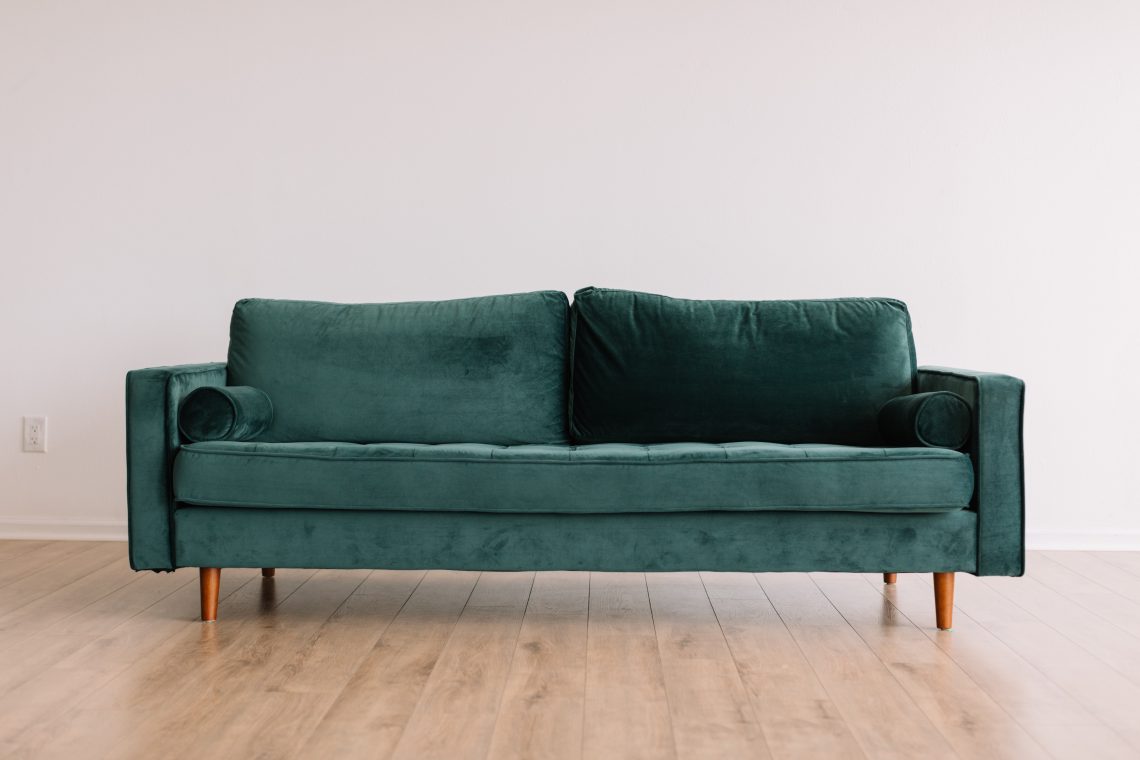So you purchased a used RV but couldn’t use it right away because the interior and furniture need total maintenance? What would you do?
Although most RVs sold at ZeRVs are road-worthy, you have to modify the interior based on your liking. Or maybe you don’t have enough budget for something that doesn’t need maintenance so you purchased an old van and decided to DIY the interior? This guide will help you.
Let’s talk all about the interior maintenance of your campervan. Once the insulation is complete, it’s time to move on to the carpentry that includes both the interior wood cladding and all the landscaping: bed, furniture, interior rooms, etc. This is one of the most important parts of the van’s development in a campervan!
In this article we will discuss:
- What thickness to choose for cladding for your van
- How to fix wood cladding
- The interior carpentry of the van
Let’s start with a quick reminder about the cladding and its usefulness for the layout of your van…
The wood cladding
Cladding is the very first step: wall, ceiling, and floor are the basic elements on which the interior of your campervan will then rest. Also, the design and installation of this equipment are essential for the realization of your future work.
Why wood? Wood has the advantage of being easy to work for any handyman, eco-friendly if it comes from sustainably managed, economical, and easy to find resources on the market! Generally, it is the CP (plywood) that is used both for the dressing but also for the carpentry of the interior. It has the advantage of being everywhere and being able to bend to follow the curvature of the recreational vehicle. The cutting of this piece of lumber is also easy to fit the shape of the van as well as for the installation of ventilation grids, bays, windows, and motorhome skylights.
What thickness to choose for my cladding?
The choice of the thickness of the lumber for cladding of your van will obviously depend on the location:
- For the floor of the van, prefer at least 13 mm thick,
- For the walls, usually, 7 to 8 mm are sufficient.
- For the ceiling, which is often already installed by car manufacturers, use 7 to 8 mm thick if necessary.
How do I fix the cladding of the van?
The simplest and most common technique is the use of wooden cups glued to the body. They create a good structure on which the cladding will rest. The cups also offer the advantage of leaving space between the body and the lumber in order to be able to insert insulation, electrical cables, ducts, and other water pipes for example. On the other hand, the lumber from the cups will not make a condensation point and will not drive heat or cold through the screws.
For the sticking of cups, it is essential to have a good glue like the SIKA Sikaflex 252 which is a very effective structural assembly adhesive and used by the majority of professionals in the sector.
Other techniques exist such as the installation of inserts, which is how Kit Utilitaire cladding kits are installed in vans. These pre-designed kits are made in France, near Nantes, and can be fixed in less than 2 hours with only a screw screwer!
For the floor, it’s the same thing, cups glued firmly to the floor of the van will compensate for the grooves present in all manufacturers, insert insulation and make a sturdy floor inside the van.
The interior carpentry of the campervan
Once the cladding is done, you will now be able to design and secure your furniture, partitions, or shelves. Again, lumber predominates in the field for the above-known reasons. Generally, the majority of us use 15 mm lumber sheets to design the interior of the RV: bed, furniture, the partition you can do anything with.
To facilitate installation and finishing, many solutions are offered on the market in terms of both hardware and finishing.
RV hardware
On the outskirts of the interior layout, the hardware allows the lumber plates to be assembled together. There are obviously the screws, the hinges are there to design the trunk or furniture doors quite easily, many models are available, you will inevitably find the model you need!
For doors
For door design, there are many types of interior locks and latches. The most common for furniture and cupboard doors are push locks. Easy to install, push-type locks that are specifically dedicated for mobile vehicles are effective. Once closed, the lock ensures that the door does not open on the way, handy! The “push-pull” operation is very intuitive and efficient.
For removable tables and tops
To make your shelves, tables, or even removable tops, the use of jacks and compasses is popular with DIY enthusiasts. For the drawers of your van furniture, also think of drawer slides. Very easy to install, the pull-outs make it easy to create your own drawer yourself. For the design of your shelves, removable table, or a shelf, the use of brackets and consoles is obvious.
Finishing the furniture of your campervan
In finishing your furniture, we recommend the edge profile in the first place. This useful fixture is installed on the plywood profile, it allows the lumber to be visually finished at the cutout level. The padded profiles will also provide protection: you won’t hurt yourself by bumping into them or risk damaging the lumber! Many colors exist, to choose according to your desires.
All edge profiles are installed in the same way: an inlet (a ring) to be inserted into the thickness of the lumber. For the installation, it will therefore be necessary to mill the lumber with a milling machine. It is then strongly recommended to glue the inlet so that it does not come out with special glue for edge profiles.
If you use wood for your layout, you can of course varnish, lacquer, or paint it to add color! For those who want to give the interior of their van an “authentic” look, you can for example use decorative adhesive films that simply stick to the wood. The installation is simple and the rendering is of quality even asked by a novice in the field!




